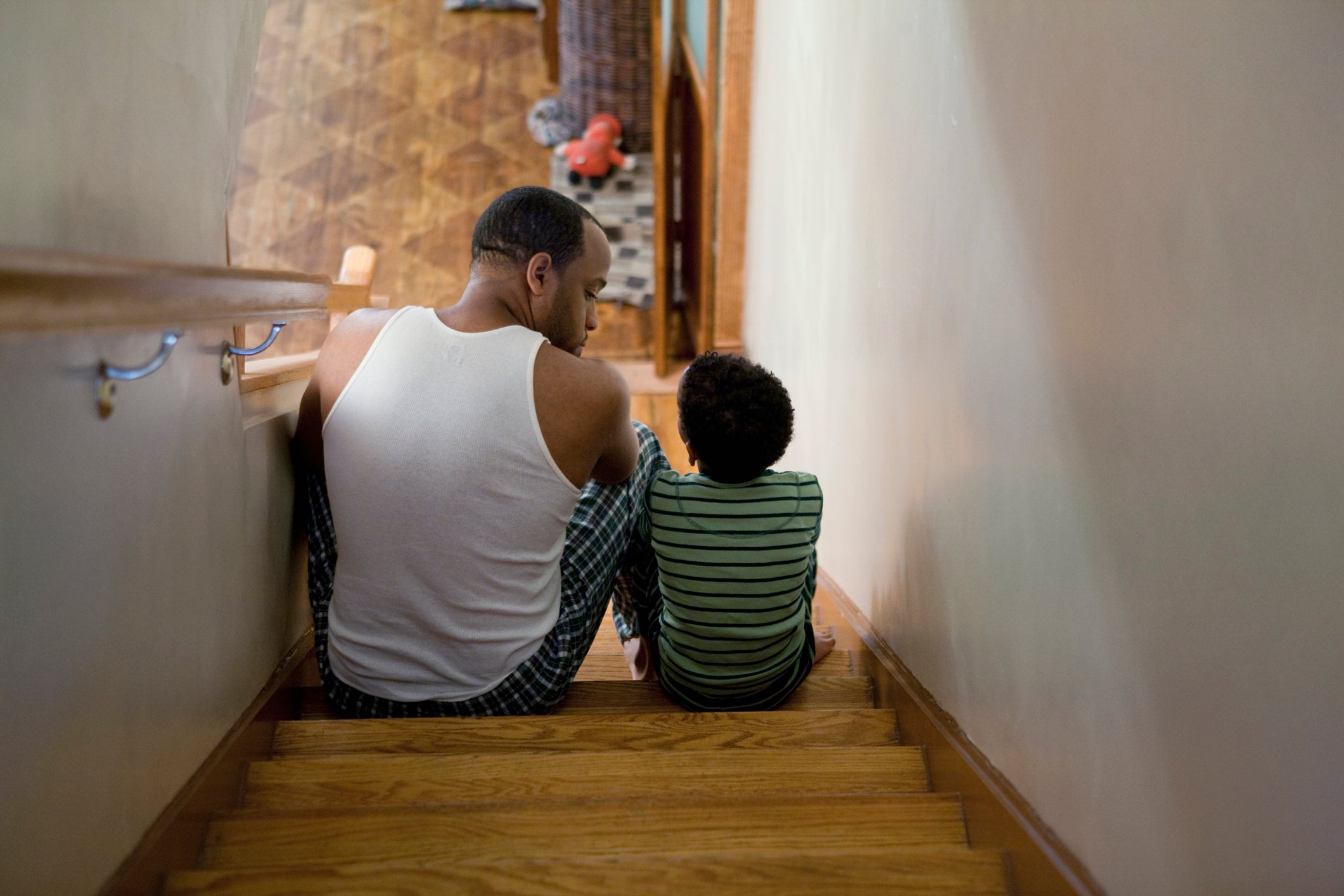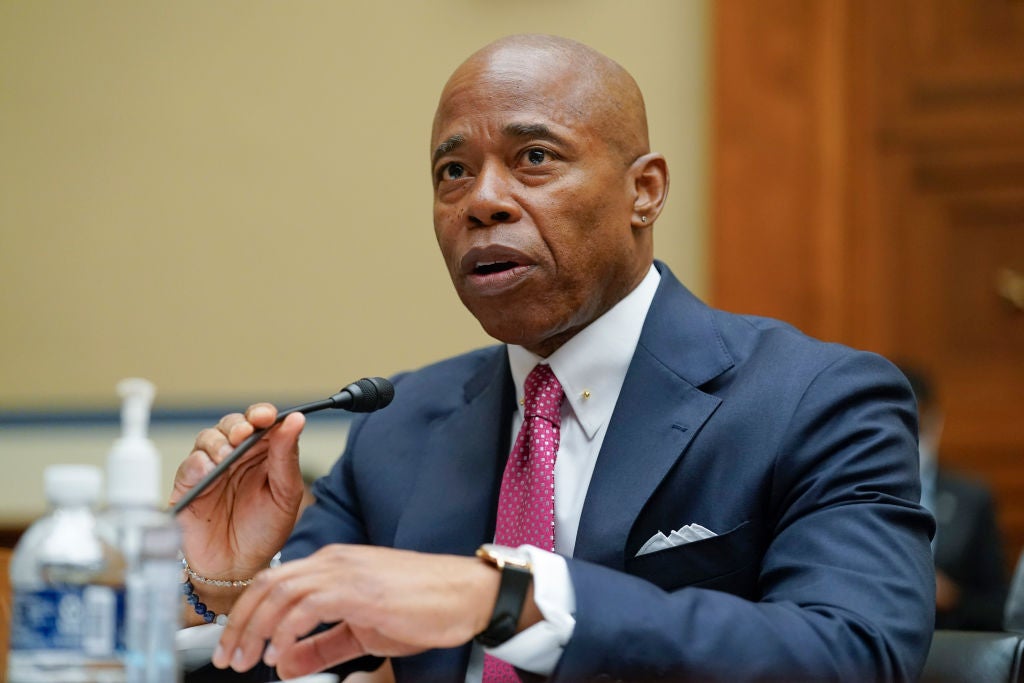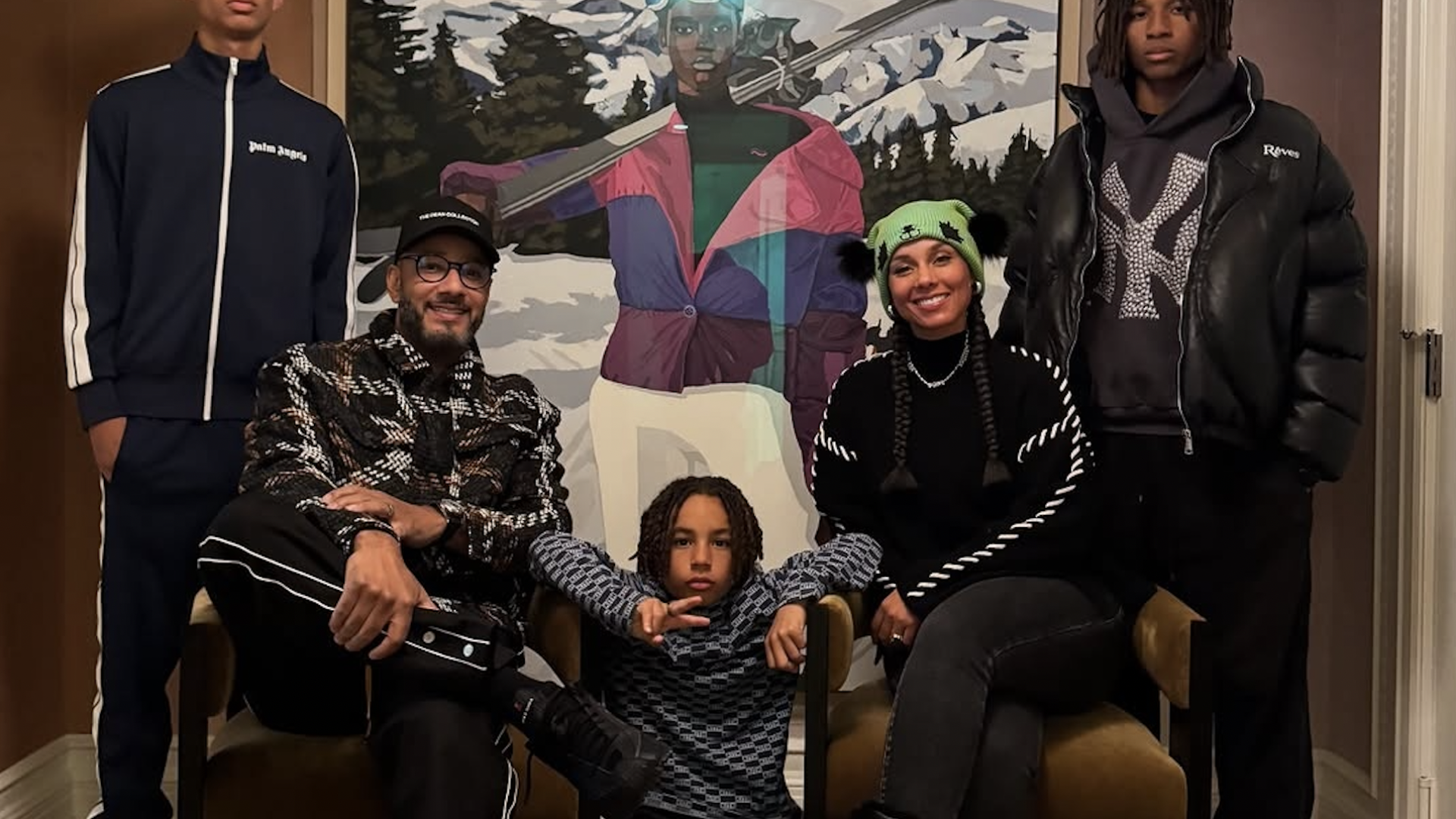
In a world where little Black boys and girls are being stripped of their innocence because of a society that sees them for everything other than exactly what they are — kids — parents have the daunting task of educating their children about life ahead. With nationwide protests following the death of George Floyd as the backdrop to an already confusing time in the world, the conversations will likely have to come sooner rather than later. It’s not only recommended — it’s critical.
Studies from Harvard University suggest that children as young as three years old, when exposed to racism and prejudice, tended to embrace and accept it, even though they might not entirely understand what they were feeling. Therefore these conversations are essential for all parents to have, because it provides the framework and foundation for what it’s like to grow up Black in America.
Nyasha Chikowore, M.S., clinical psychology doctoral extern at Capital Center for Psychotherapy & Wellness in Washington, D.C. and author of children’s book Giraffe Asks For Help, offers a few tips for Black parents to help their children navigate an overwhelming reality and also provide hope for a joyful future among these dark times.
Acknowledge that it’s a difficult conversation.
Many parents may want to avoid difficult conversations, but now isn’t the time to stay silent. Children are likely already seeing and hearing about the highly publicized murders of Ahmaud Arbery, Breonna Taylor and George Floyd and likely have questions. As a Black parent, it’s up to you to frame the narrative on what really happened to these Black lives, and explain to them how in a country that may not believe they matter — they do. “There aren’t many ways to make racism a fun and flowery conversation, and kids can tell when you’re not being completely honest with them,” says Chikowore. “Letting them know that the topic may be hard to understand and can make them feel sad or confused will also let them know it’s okay for them to emote. Kids are good at masking their emotions based on cues from their parents; this is a conversation that requires transparency and openness.”
Use children’s books.
Don’t know where to start? Books can often provide the words and images that may be too difficult for you to speak while you’re doing your own processing of what’s going on in the world. They are a great first step in tackling tough topics and exposing children to different narratives. Chikowore agrees, “Reading younger children’s stories is always a great way to broach a tough conversation, and help them understand a topic based on their reading level. There are book lists available, of which many focus on historical figures like Dr. Martin Luther King, Jr and Malcolm X that can help them understand significant historical events.”
Give them hope.
“The conversation, although a tough one, doesn’t need to be all doom and gloom,” says Chikowore. “It’s important to let them know that there are many people, including their own parents and family members, who are working hard to change things. Considering children have also been attending protests or may be hearing about it in conversations, the purpose of these events can also be explained.” Remember, this conversation will shape your child’s life, their future interactions and their way of thinking — you don’t want to take all of their joy away from them.
Use real life examples.







It may get a bit messy, but the best way to explain things to your children is by actually sharing things with them that you’ve personally experienced. That way they get it more. “Parents have an affinity for the “when I was your age” talks, which in this instance could be more productive than not,” says Chikowore. “Racism shows up in different ways from the larger systemic level to the one-on-one interactions. Examples of how it’s shown up in your life can help children understand racism as more than the injustice being highlighted on the news.”






